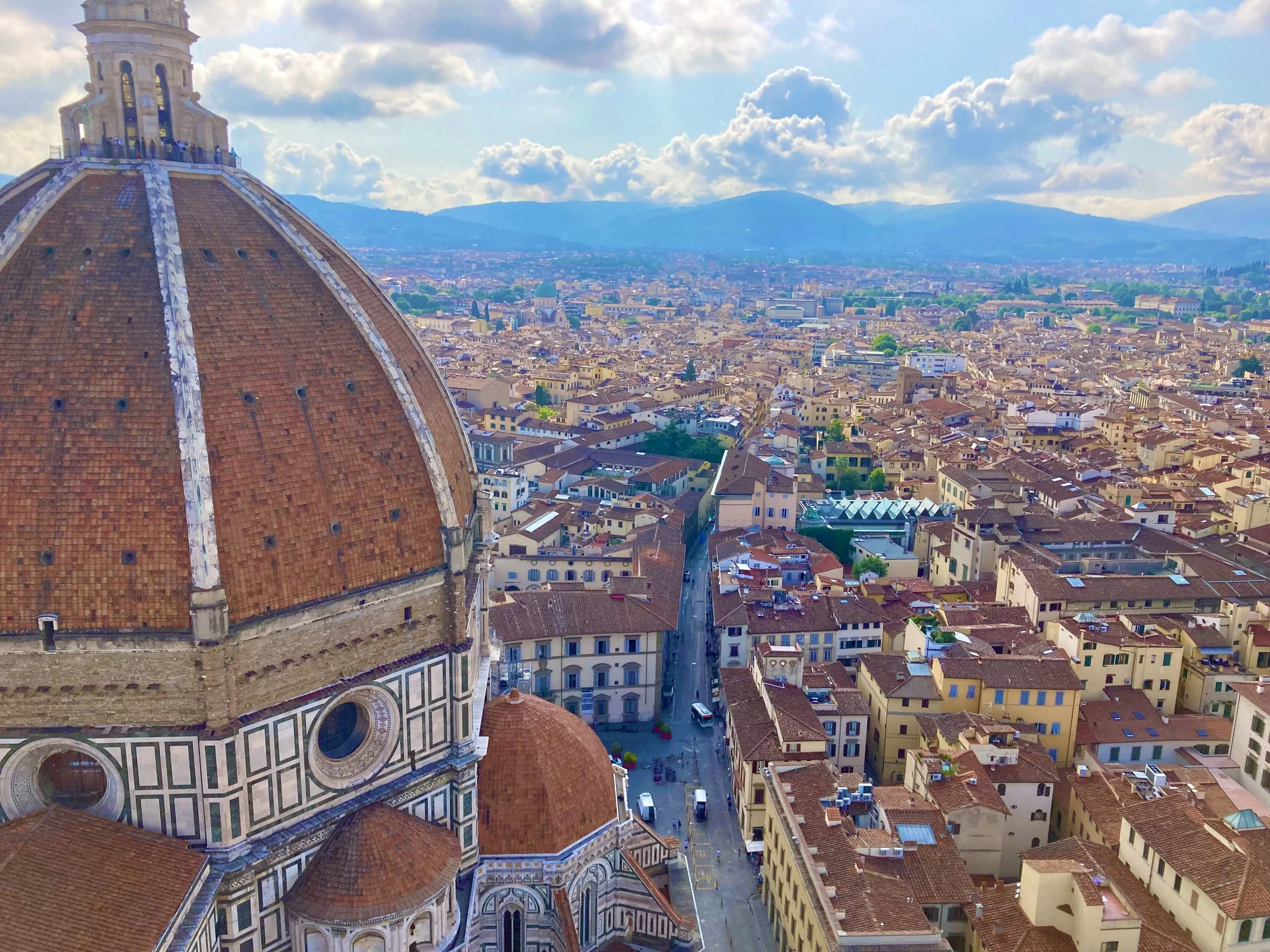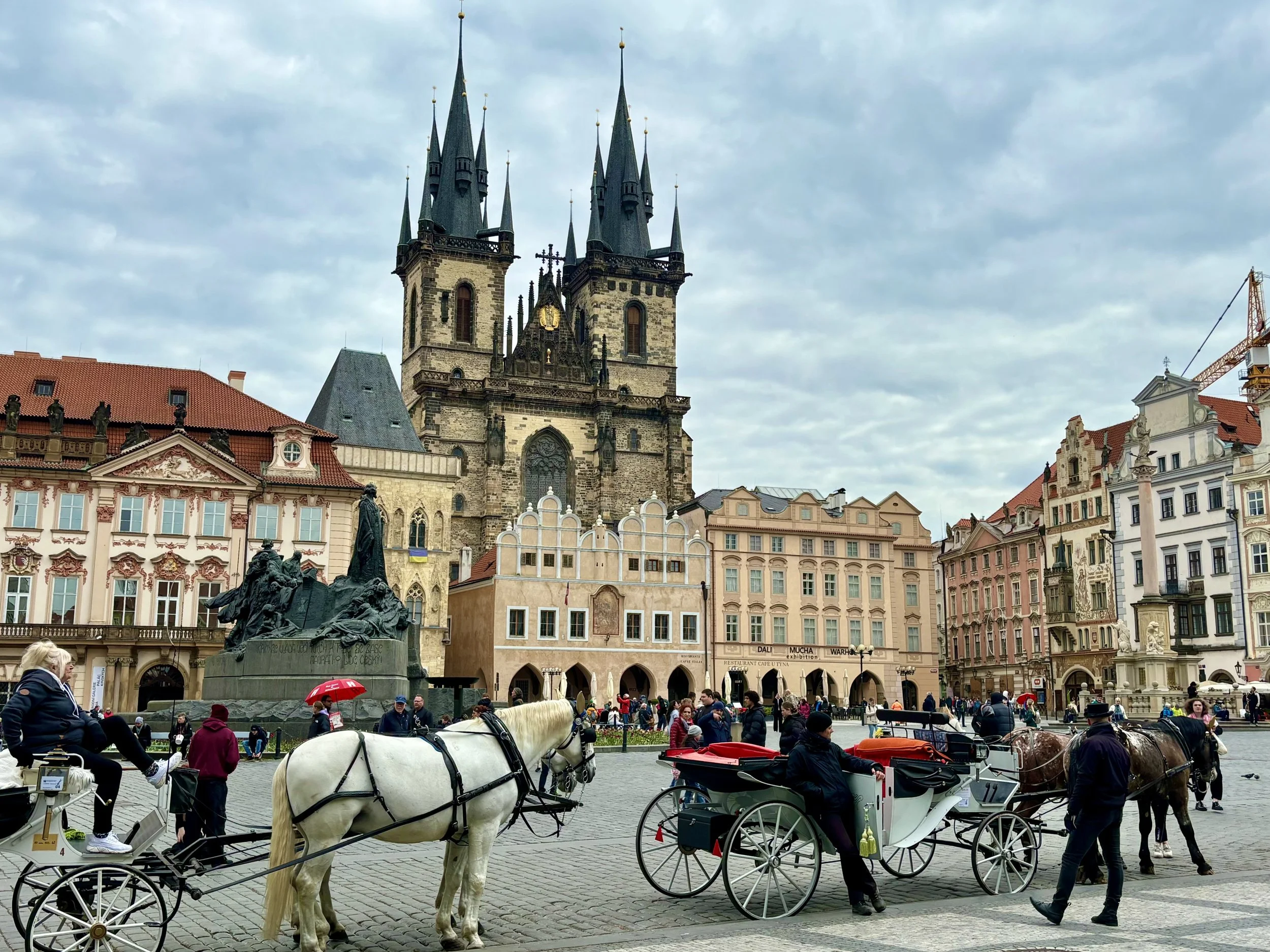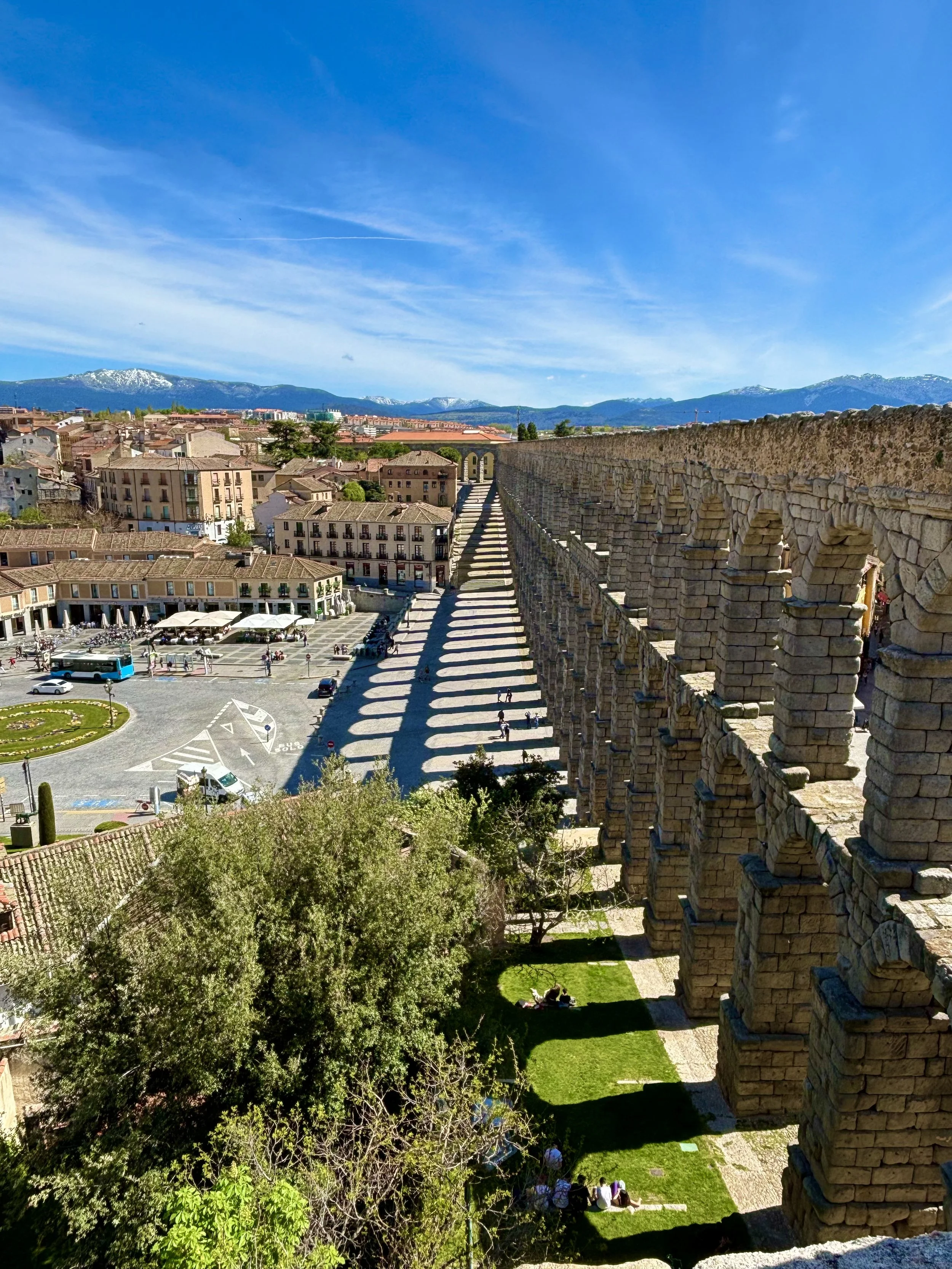
What if when you travelled, you could see a city with the lens of centuries past? What if we can make that happen…
Our Historical Destination Trips
-
![]()
Rome
Rome could very well be the quintessential city for history lovers. Known as the Eternal City, it has stood at the centre of history for millennia, witnessing the rise and fall of empires, transformative artistic movements, and pivotal events that shaped the Western world. Even after the fall of the Roman Empire, Rome continued to influence global culture, religion, and politics.
From the grandeur of Ancient Rome to the splendor of the Renaissance and Baroque eras, the historical sites to visit can cater to all interests.
Whether you're captivated by ancient engineering marvels like the Colosseum, the Roman Forum, Palatine Hill, the Mausoleum of Augustus, the Domus Aurea, and the Pantheon, or drawn to Renaissance masterpieces such as the Piazza del Campidoglio, the Vatican Museums, and St. Peter’s Basilica, Rome offers a wealth of experiences for every visitor, each one associated with incredible historical figures and events from the past.
Determining how much time you need to explore Rome might feel impossible due to the sheer number of iconic landmarks, hidden gems, and rich layers of history. To make your visit more manageable, we can provide a curated list of must-see sites from different periods, insights from personal experiences, and recommendations tailored to your interests and schedule. With the right perspective, you can savour the essence of Rome, a city that feels eternal in both time and spirit.
-
![]()
Florence
Florence, often called the Cradle of the Renaissance, is a city of unparalleled historical and artistic significance. Nestled in the heart of Tuscany, it played a central role in shaping Western culture during the 14th to 16th centuries. Its legacy is one of extraordinary innovation, fostered by visionary patrons and inhabited by some of history’s greatest minds in art, science, and politics.
The city’s Golden Age was led by figures like Cosimo de’ Medici, whose patronage transformed Florence into a hub of Renaissance creativity, and his grandson Lorenzo de’ Medici, known as "Lorenzo the Magnificent," who nurtured talents like Michelangelo and Leonardo da Vinci. Dante Alighieri, the father of the Italian language, penned his Divine Comedy here, while Petrarch and Boccaccio laid the foundations of humanism.
Art lovers are drawn to the masterpieces, housed in the Uffizi Gallery, showcasing works by Botticelli, Titian, and Caravaggio, and the Galleria dell’Accademia, home to Michelangelo’s iconic David. The city’s architectural marvels include Brunelleschi’s Dome, an engineering feat that crowns the Duomo, and the Palazzo Vecchio, a symbol of Florence’s political power. The Ponte Vecchio, spanning the Arno River, embodies Florence’s medieval charm.
Florence’s influence set the stage for a cultural revolution that reshaped Europe. Its cobblestone streets, magnificent churches, and vibrant piazzas remain a testament to the genius and vision of the figures who made it great. Visiting Florence is a journey into the heart of history, where every corner whispers the stories of those who forever changed the world.
-
![]()
Prague
Prague, often called the City of a Hundred Spires, is a city steeped in history, blending Gothic, Baroque, and Renaissance influences with a uniquely Bohemian charm. Its origins as the seat of Bohemian kings laid the foundation for its significance as a cultural and political center in Europe. Over the centuries, Prague has witnessed key events, from the Hussite Wars to the Velvet Revolution, shaping its identity as a resilient and vibrant city. As such, Prague offers an unparalleled journey through time
The medieval heart of Prague remains its most captivating feature. The Old Town Square, with its famed Astronomical Clock and the Clementinum, once a Jesuit college, houses one of the most beautiful libraries in the world. The iconic Charles Bridge, adorned with Baroque statues, connects the Old Town to Prague Castle, transporting visitors back to a time of knights and kings. Towering above the city, Prague Castle, the largest ancient castle complex in the world, houses the stunning St. Vitus Cathedral, a masterpiece of Gothic architecture that has watched over the city for centuries.
Modern Prague complements its historic legacy with contemporary art, vibrant neighborhoods, and cultural innovation. Whether you’re wandering through the cobblestone streets of the Old Town, marveling at the grandeur of Prague Castle, or soaking in the city’s revolutionary spirit, Prague offers a rich tapestry of history and culture for travelers to explore. With its timeless beauty and layered past, it’s a destination that truly bridges the ages.
-
![]()
Edinburgh
Edinburgh, the historic and cultural heart of Scotland, is a city where ancient tradition meets vibrant modernity. Its dramatic landscape, dominated by Edinburgh Castle perched atop an extinct volcanic rock, sets the stage for a journey through centuries of history.
The Royal Mile, the spine of its medieval Old Town, leads visitors from the castle to the Palace of Holyrood. Within its grounds lies Mary Queen of Scots' Tower, a place steeped in intrigue and tragedy, where the infamous murder of her secretary unfolded. Along the way stands St. Giles’ Cathedral, with its distinctive crown spire, the Worlds End's pub with its 16th century Flodden Wall, while beneath its streets, Mary King’s Close preserves a haunting snapshot of life in Edinburgh’s past.
Edinburgh is also a city of literary magic that inspired Harry Potter, where fans can visit sites like Greyfriars Kirkyard, Victoria Street, and The Elephant House, where Rowling penned early chapters of her series. The Scott Monument celebrates Sir Walter Scott, a literary giant whose novels immortalised Scotland’s romantic history, while The Writers’ Museum honours literary legends like Robert Burns and Robert Louis Stevenson.
Beyond its historic and literary treasures, Edinburgh thrives as a modern cultural capital. The city’s festivals, including the world-famous Edinburgh Fringe Festival, bring its creative spirit to life. For panoramic views of the city, a hike up Arthur’s Seat, another volcanic remnant, offers a breathtaking perspective of Edinburgh’s timeless beauty.
-
![]()
Segovia
Segovia, a historic city in central Spain, is a living tapestry of architectural splendor and cultural heritage. Segovia's history spans Roman, medieval, and Renaissance eras, making it a must-visit destination for history lovers. Nestled amidst the rolling hills of Castile and León, the city’s breathtaking skyline features its iconic aqueduct, majestic castle, and soaring cathedral, each bearing witness to centuries of history.
The Roman Aqueduct, Segovia’s most famous landmark, stands as a testament to ancient engineering and ingenuity. Built nearly 2,000 years ago, it brought water from the mountains to the city and remains remarkably intact today. Walking beneath its towering arches is like stepping back in time. The Segovia Cathedral, often called the "Lady of Cathedrals," is a Gothic masterpiece that dominates the city’s main square, with its intricate carvings and soaring spires. Just beyond, the Alcázar of Segovia, a fairytale-like fortress perched on a rocky promontory, which inspired Disney’s Snow White (1937)’s Castle, offers panoramic views of the surrounding countryside and a glimpse into the lives of medieval Castilian monarchs who once called it home.
Segovia’s charm extends beyond its iconic monuments. The city’s cobblestone streets, lined with historic buildings and bustling plazas, exude an old-world atmosphere. You can also enjoy traditional Castilian cuisine in local taverns while soaking in the city’s timeless allure. Whether exploring ancient ruins, marveling at medieval fortresses, or simply strolling through its atmospheric streets, Segovia invites travelers to uncover the layers of its rich and storied past.
-
![]()
Istanbul
Istanbul is a city where civilizations collide and history comes alive. Once known as Byzantium and later Constantinople, it served as the capital of three great empires: Eastern Roman, Byzantine, and Ottoman. Its unique position as a crossroads of East and West has made it a meeting place for cultures, religions, and architectural styles.
The city’s Byzantine legacy is best represented by the iconic Hagia Sophia, a masterpiece of architectural innovation first built as a Christian Basilica by Emperor Justinian in 537 AD. Nearby, the Basilica Cistern, with its eerie underground columns and famous Medusa heads, offers a glimpse into the city’s sophisticated engineering.
The Ottoman era brought new grandeur to Istanbul, transforming it into a thriving imperial capital. The Topkapi Palace, once the seat of Ottoman sultans, invites visitors to explore its opulent courtyards, treasures, and the famed Harem. The Blue Mosque, with its stunning domes and intricate tilework, stands as a symbol of Ottoman architectural mastery. Nearby, the bustling Grand Bazaar offers a sensory journey into the vibrant trade networks that shaped the empire.
Whether exploring ancient landmarks, wandering through historic bazaars, or crossing the Bosphorus to experience two continents in one city, Istanbul captivates with its unmatched history and enduring spirit.





